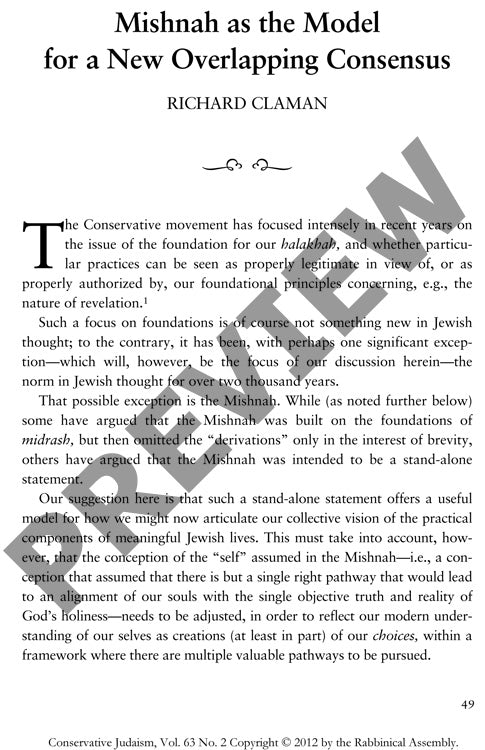Mishnah as the Model for a New Overlappi
Couldn't load pickup availability
Ancient Jewish sages achieved remarkable consensus across diverse communities through a strategic omission - the Mishnah's deliberate avoidance of foundational disputes mirrors modern philosopher John Rawls' concept of "overlapping consensus." Through textual analysis of mishnaic passages, comparison with contemporaneous philosophical traditions, and examination of rabbinic concepts, this research reveals how the tannaim developed a revolutionary approach to Jewish practice that prioritized individual spiritual alignment over collective Temple-centered purity. The Mishnah's framework allowed multiple groups to maintain different theological justifications while supporting common religious practices. Drawing on Stoic philosophical concepts of self and objective truth, the tannaim reconceptualized holiness as an individual pursuit achieved through minimal physical acts combined with proper intention. This historical model offers vital precedent for contemporary Conservative Judaism seeking to accommodate modern pluralistic values while preserving communal coherence. The findings suggest developing a "new Mishnah" that addresses expanded Jewish values including social justice and democratic ideals, organized around diverse life aspirations rather than uniform lifecycle patterns, supported by collections of alternative foundational rationales that enable shared practical commitments.

More Information
-
Physical Description
-
Publication Information
Published 2012
ISBN
-
Publication Credits
Richard Claman

